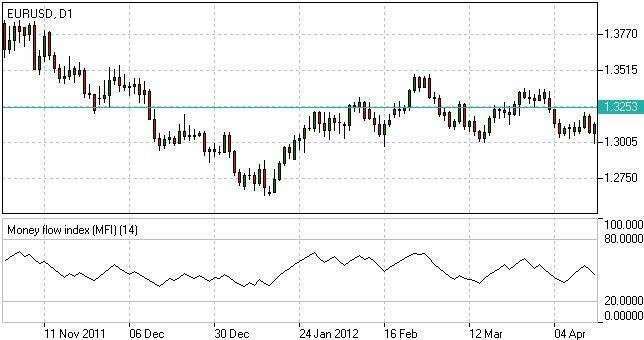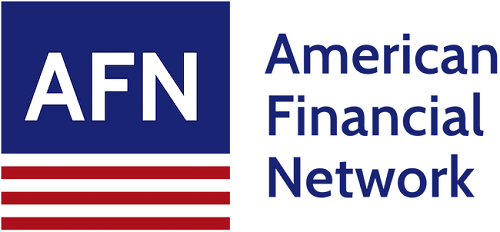
For small products that will inevitably be shipped by air, or small suppliers with little experience working with international buyers, you may receive quotations in EXW Incoterms. However, the vast majority of https://cryptolisting.org/blog/what-are-the-costs-for-free-on-board the quotes you will receive from sellers in China will be under FOB Incoterms. If you look at a quotation, you will usually see the unit price, FOB as the Incoterm, and a Chinese city, the shipping point.
What is the difference between FOB and CIF price?
Buyers generally consider FOB agreements to be cheaper and more cost-effective. That's because they have more control over choosing shippers and insurance limits. CIF contracts, on the other hand, can be more expensive. Since the seller has more control, they may opt for a preferred shipper who may be more costly.
CIF the “cost, insurance and freight” means that the seller completes the delivery when the goods pass the ship’s rail at the port of shipment. This misunderstanding caused some people to neglect the careful choice of trade terms when dealing with foreign transactions and eventually caused unexpected losses. In fact, the “2000 General Rules”, an international convention on trade terms, said that the risk is divided by the ship’s rail.
Is the financial cycle a leading indicator of real output during expansions and contractions? A quantile analysis for Greece
There are also some FOB freight forwarders who cannot provide space when space is tight, but buyers of promissory notes choose their logistics services and carry out FOB terms. For the FOB term, the buyer’s designated overseas freight forwarder should carefully consider whether to accept it. There are frequent occurrences of non-compliant FOB freight forwarders who release the bill of lading without authorization or are unwilling to release the bill of lading to the buyer unless the buyer pays additional freight. Although it is FOB, we strongly recommend that buyers and their own freight forwarders purchase freight insurance, so as to avoid the risk of cargo loss and damage. 3 All local fees and all additional costs incurred at the port of departure are borne by the factory or the shipper.
Therefore, it might not be suitable for new buyers due to the added responsibilities and increasing risk. Lastly, FOB tends to be the most cost-effective shipping option for the buyer as they can shop around for the best shipping rates available to them. One of the main advantages of FOB is that each party’s responsibilities give most control while the cargo is in their territory and allows them to handle customs clearance in their own jurisdiction. If you are searching for a shipping policy that evenly splits responsibilities between both parties, then FOB might be the right choice for you. Understanding the differences between each is as simple as knowing how much responsibility the buyer and supplier assume under each agreement. To further clarify, let’s assume that Claire’s Comb Company in the US purchases a container of The Wonder Comb from a supplier based in China.
Asymmetric causality between the U.S. housing market and its stock market: Evidence from state level data
According to the results, the aggressive (UD,UD) price configuration is the Nash equilibrium for high intensity of competition, whereas the quasi-collusive (FOB, FOB) is the Pareto superior Nash equilibrium as space gets more important. The majority of firms operating in spatial markets use either free-on-board (FOB) or uniform delivered (UD) pricing (Fousekis, 2015; Zhang & Sexton, 2001). In the former, customers pay for the transportation costs incurred in the shipment of the product. In the latter, sellers bear all the costs of shipping, representing this way a form of price discrimination. While the possession of the cargo transfers to the buyer once the freight is loaded onto a truck at the seller’s warehouse, the seller still maintains responsibility in ensuring the shipment safely clears the rails of the ship.
- From the moment the goods are loaded on the ship at the port of departure, the risk begins to shift from the seller to the buyer.
- However, the seller must still arrange and pay for export permits and the transit from the origin point (warehouse) to the shipping vessel.
- To prevent problems, make sure your cargo insurance conditions are fully stated and detailed in your sales contract.
- However, various countries do not have a unified interpretation of the concept of “shipment”, who bears the costs of loading, and the practices or practices of various countries are not completely consistent.
Free on Board (FOB) is a shipment term that defines the point in the supply chain when a buyer or seller assumes responsibility for the goods being transported. FOB terms like FOB Origin and FOB Destination help define ownership, risk, and transportation costs for both buyers and sellers. FOB is a common term used for all types of shipping, both domestic and international. Shipping orders and contracts often describe the time and place of delivery, payment, when the risk of loss shifts from the seller to the buyer, and which party pays the costs of freight and insurance. The seller includes the cost of goods, delivery to the port of destination, and all export requirements. FOB pricing will always include a seaport where the seller agrees to export.
Benefits and Drawbacks of FOB
The buyer must accept the goods when the seller has delivered the goods in accordance with A4, and accept the goods from the carrier at the designated port of destination. The seller must deliver the goods on board at the port of shipment on the agreed date or within the time limit. While the goods are in transit, the buyer instructs the carrier to deliver the goods to his designated consignee in the name of the shipper on the bill of lading. In this way, although the seller controls the bill of lading as proof of property rights, the goods have been taken away by the consignee designated by the buyer. The seller filed a lawsuit against the carrier for delivery of the goods without B/L, which was rejected by the court on the grounds of not having the right to sue. If you are an exporter, you must receive the full payment as much as possible before it can be loaded.

The buyer must accept the transport document provided in accordance with A8, if the document complies with the contract. The “2000 General Rules” pointed out that CFR is the only standard code for the term “cost and freight” that is widely accepted worldwide, and the traditional term C&F (or C and F, C+F) should no longer be used. Of course, generally speaking, the commercial reputation of importers in Europe and the United States, and Canada is generally relatively good. FOB shipping is the most common logistics method for shipping to Europe, the United States, and Canada. The above three items are usually included in the FOB unit price of the product when the factory provides the FOB price quotation.
Advantages of Shipping FOB for the Buyer
The latter has been shown to bias the firms pricing choices in favor of UD pricing. Zhang and Sexton’s findings reveal that mutual FOB is the Nash equilibrium for intrinsically competitive market structures. Mixed FOB–UD pricing is the Nash equilibrium of the spatial game in less competitive markets. The strategic choice of mutual UD pricing emerges as the Nash equilibrium as spatial competition weakens.
Board to consider UTC request for 3% increase in tuition, fees – Chattanooga Times Free Press
Board to consider UTC request for 3% increase in tuition, fees.
Posted: Thu, 08 Jun 2023 20:18:00 GMT [source]
However, under CIF terms, the seller must also apply for marine insurance against the risk of loss or damage to the buyer’s goods in transit. Indicating “FOB port” means that the seller pays for transportation of the goods to the port of shipment, plus loading costs. The buyer pays the cost of marine freight transport, insurance, unloading, and transportation from the arrival port to the final destination. The passing of risks occurs when the goods are loaded on board at the port of shipment. Responsibility for the goods is with the seller until the goods are loaded on board the ship.
Freight
Of course, the biggest problem with CIF clauses is the high sea freight and air freight, which are actively being supplemented in the logistics link. Purchasing freight insurance is only the best way to avoid risks and losses in the case of FOB shipping. In the case of CIF shipping, although the shipper is obligated to send the goods from the factory to the designated docks and warehouses abroad, usually if it encounters COVID-19, the logistics are chaotic under the epidemic. Generally speaking, the shipper will let the importer and the buyer bear it together. 1)Transport from the factory to the warehouse designated by the carrier (Fob freight forwarder), which is the LTL method.

Why is it called free on board?
Free on board, often abbreviated as “F.O.B.,” applies to the sale of goods and indicates that purchased property will be placed on board a vessel for shipment at a designated place without expense to the buyer for packing, potage, cartage, etc.










